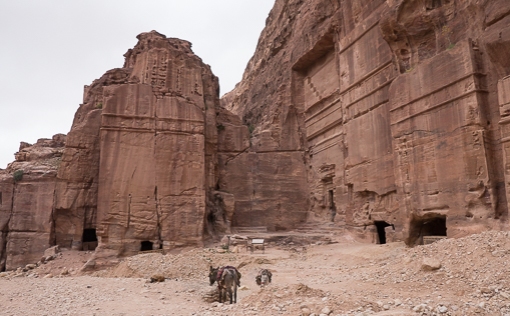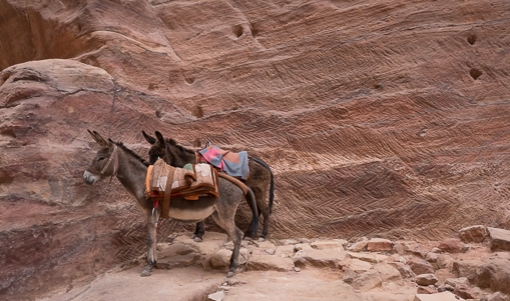Chris attended a business meeting at one of the Dead Sea resorts in Jordan. It was the first time I visited that country.
Jordan is sandwiched between Israel and Saudi Arabia while it shares a border with Syria in the north. Security is a major concern in this part of the world.

Queen Alia International Airport is 65 km from the resort while the capital Amman is 45 km away. We saw a few checkpoints on the main road to the resort. Our hotel’s security routine included looking underneath our bus for bombs with a mirror-on-a-stick.
Jordan does not have any oil but it is blessed with the Jordan river which enabled it to grow fruits and vegetables despite the country is surrounded by deserts. The river has a major significance in Judaism and Christianity. This is the site where the Israelites crossed into the Promised Land and where Jesus of Nazareth was baptised by John the Baptist.

The surface and shores of the Dead Sea are 430.5 metres (1,412 ft) below sea level, Earth’s lowest elevation on land. Soon after we left the airport, we were going downhill on the main road.

The road that leads to the resort passes many farms and we saw truck loads of tomato, carrots, cabbage and onion. Many farmers set up roadside stalls to sell vegetables. They looked really good.

The resorts are located on the right bank of the dead sea and comprise a cluster of hotels: Hilton, Marriott, Kempinski and Mövenpick. We stayed at the Hilton which is closest to the conference center.

On the other side of the dead sea is Israel and the Palrestine’s West Bank. We are on the east bank of this lake.

The lights on the other side of the lake is supposed to be from the West Bank and Jericho.

The main reasons for tourists to come here is (1) to sample the dead sea mud which is rich in minerals and has numerous beauty and heath properties, and …

(2) to swim in the super salty water in which one cannot sink. With a salinity of 342 g/kg, or 34.2%, (in 2011), the hypersaline lake is 9.6 times as salty as the ocean. This salinity makes for a harsh environment in which plants and animals cannot live, hence its name.

The density of the lake water is 1.24 kg/litre (pure water is 1.0). One can effortlessly float about on top of this water. The extra buoyancy is strange at first but one get used to it quickly.

While there is no need to worry about sinking, it is important to maintain balance. Otherwise you could flip over or fall to one side and get the super salty water in your eyes or mouth. I felt little stings at a couple of places on my body. It turned out that I had a break in the skin at those places. I did not even know there were tiny cuts there.

Next door to the Hilton is a small shopping mall where one can buy dead sea mud, dead sea salt, and all kinds of products based on these local elements. Minerals are big business here – potash useful as fertilizer is the most important export.
Also visible from the hotel is a water theme park – i assume they must use freshwater in the pool and rides … but how unexpected and precious it is to find a park in a desert where there is no water and next to a lake where it is so salty.

According to Wikipedia, the Dead Sea area has been known as a health resort for thousands of years.
The mineral content of the water, the low content of pollens and other allergens in the atmosphere, the reduced ultraviolet component of solar radiation, and the higher atmospheric pressure at this great depth each may have specific health effects.

The conference was over in 3 days. I doubt if I gained any health benefits but I enjoyed the uniqueness of the environment.





























































































